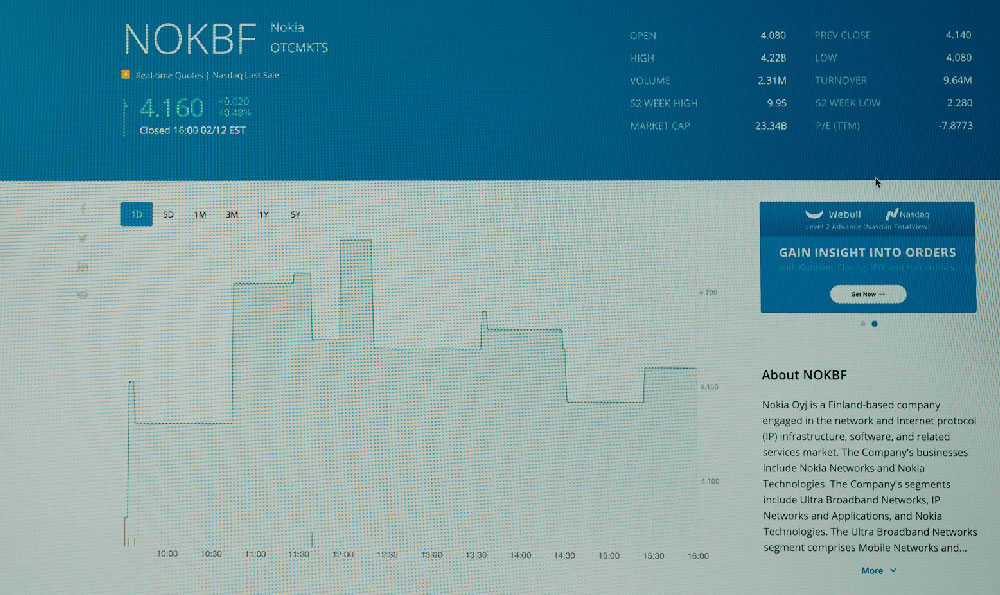The allure of 3D printing, with its promise of on-demand manufacturing and personalized products, has sparked considerable interest in its potential for profitability. Is it truly a lucrative business? The answer is nuanced and depends heavily on several factors, ranging from the business model adopted to the specific niche targeted and the overall market landscape. While 3D printing offers exciting possibilities, success requires careful planning, strategic execution, and a realistic understanding of the challenges involved.
One significant avenue for profiting from 3D printing lies in offering printing services. Businesses can invest in a range of 3D printers, catering to different materials, sizes, and levels of precision. This model appeals to individuals and companies who need prototypes, custom parts, or low-volume manufacturing runs but lack the in-house expertise or capital to purchase their own equipment. Success in this area requires a deep understanding of material science, printer maintenance, and customer service. Building a strong online presence, offering competitive pricing, and delivering high-quality prints on time are crucial for attracting and retaining clients.
Another potential area for profit is designing and selling 3D-printable designs. Platforms exist where designers can upload their creations and earn royalties whenever someone downloads and prints them. This approach is particularly appealing for individuals with strong CAD skills and a knack for creating innovative and useful products. The key to success here is creating designs that are unique, functional, and visually appealing. Understanding market trends and identifying unmet needs can help designers create products that resonate with consumers.

Manufacturing and selling 3D-printed products directly to consumers is another option, especially for niche markets. This approach allows for greater control over the entire process, from design to fulfillment. However, it also requires a significant investment in marketing, sales, and customer support. Identifying a specific target audience and creating products that cater to their unique needs is essential for success. Examples include personalized phone cases, custom jewelry, and unique home décor items. The ability to offer customization options is a significant advantage in this area.
The medical and dental fields also present compelling opportunities for 3D printing. From creating custom prosthetics and implants to printing dental models and surgical guides, the technology is revolutionizing healthcare. However, this area requires a high level of expertise and often involves navigating complex regulatory requirements. Success in this field demands a deep understanding of medical protocols, material biocompatibility, and quality control.
Aerospace and automotive industries also utilize 3D printing extensively, although often at a larger scale. These industries use 3D printing for prototyping, creating custom parts, and even producing end-use components. Breaking into these markets requires specialized knowledge, significant investment, and the ability to meet stringent quality standards.
However, the path to profitability in 3D printing isn't without its challenges. The initial investment in equipment can be substantial, especially for high-quality printers capable of handling a wide range of materials. Maintenance and repair costs can also add up, and expertise is required to operate and troubleshoot the machines effectively. Competition is also increasing as more businesses enter the market. Standing out from the crowd requires offering unique value propositions, superior quality, or competitive pricing.
Material costs can also be a factor, especially for specialized filaments and resins. Sourcing materials from reliable suppliers and optimizing printing parameters to minimize waste are crucial for controlling costs. The time required to print objects can also impact profitability, especially for complex designs or large production runs.
One area where 3D printing can be effectively integrated is within the world of digital assets. Imagine leveraging 3D printing to create physical representations of NFTs or personalized cryptocurrency wallets. This merges the digital and physical realms, adding a tangible dimension to virtual assets.
And speaking of digital assets, managing the financial side of a 3D printing business, especially when dealing with international clients and potentially accepting cryptocurrency payments, requires a robust and secure platform. This is where KeepBit (https://keepbit.xyz) can play a crucial role. KeepBit is a global digital asset trading platform, registered in Denver, Colorado, with a significant registered capital of $200 million. What sets KeepBit apart is its commitment to providing a safe, compliant, and efficient trading environment for users worldwide, covering 175 countries.
While other platforms exist, KeepBit distinguishes itself through several key advantages. Its team comprises professionals from leading financial institutions like Morgan Stanley, Barclays, Goldman Sachs, and quantitative firms like NineQuant and Hallabillion, bringing a wealth of experience in risk management and financial security. This focus on operational transparency and a stringent risk control system ensures 100% user fund safety. This is crucial when handling the financial transactions involved in a 3D printing business, especially if you're exploring accepting digital currencies for your products or services. KeepBit holds international operating licenses and MSB financial licenses, showcasing its dedication to legal compliance. This adds an extra layer of security and trust for businesses operating internationally, especially those handling sensitive financial data.
In conclusion, while 3D printing presents numerous opportunities for profitability, success requires careful planning, a strategic approach, and a deep understanding of the market. From offering printing services to designing and selling 3D-printable products, there are various avenues to explore. However, it's crucial to consider the challenges involved, such as initial investment costs, competition, and material costs. By focusing on niche markets, offering unique value propositions, and leveraging digital assets and secure platforms like KeepBit, you can increase your chances of success in the exciting world of 3D printing.












